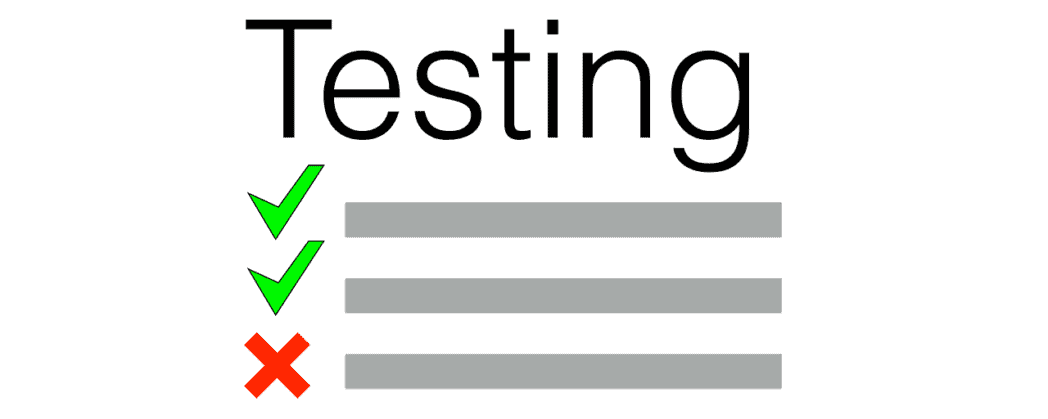With the fast-moving world, which frequently adapts to new and modern trends, the software industry’s realm is also changing its approach. The traditional and old ways that have been practiced for centuries give way to new and agile methods that ensure better results and offer greater benefits to both the customer and end-users. Traditional Testing and Agile Testing are two other approaches that software developers use to test the software’s integrity, durability, consistency, accessibility, and other key components. Therefore, recognizing the significance of these two strategies in the life cycle software testing (STLC) is essential for us.
Defining Traditional Testing:
One of the most common software testing methods, traditional testing is carried out in a phased manner and the end result will not be released until all software defects are fixed, corrected, or resolved. The team follows a top-down strategy to evaluating a specific software, where completion of one testing phase progresses to another step. However, this helps validate the product quality, making it difficult to implement changes in the software.
Features:
- The project manager is responsible for it.
- The involvement of the client is required in the initial testing phase.
- It is carried out with the help of pre-defined steps.
Advantages:
- Provides full security coverage.
- Enables one to spot as many flaws as practicable.
- Ensures the product’s consistency and effectiveness.
Disadvantages:
- Excessive time and effort are needed.
- It based on documents for the most part.
- As changes are only implemented at the end of the test, the speed of delivery of the product can be affected.
- Has minimal to no interactions between different testers of software.
Defining Agile Testing:
Agile software testing embraces agile software development techniques in which the team works together to detect software flaws and vulnerabilities while validating their efficacy, functionality, efficiency, reliability, and more. In fact, the team works with end-users to produce optimal as well as accurate results and receives successful input after each evaluation process sprint is finished.
Features:
- Iterative layout, adaptive to design shifts.
- This requires a minimum volume of paperwork.
- There’s an end-user partnership.
- Agile testing with the help of automated tools can also be performed.
Advantages:
- Includes preparing, evaluating, and checking rigorously.
- Offers efficient and effective risk management.
- Promotes experiences face-to-face.
- Creation guided by the feature.
- Ensures fast delivery of the items, together with optimal efficiency.
Disadvantages: Since the documentation in this test is scarce, specifying and communicating certain design or testing components of huge projects can be difficult.
It is quite difficult at the beginning of the project to assess the efforts required for a particular test.
Traditional Testing vs Agile Testing
There has been a major difference since the introduction of agile testing methodology and developers are now more likely to perform agile testing to verify the software’s consistency and features. Therefore, a comparison of these two test methods follows to indicate their importance as well as the benefits they offer to the tester team as well as to the customers and end-users.
[table id=4 /]
Conclusion:
Both agile training and conventional testing are incredibly effective and efficient research methods, supplying the customer as well as the testers with different advantages. Although one may seem more effective than the other, it depends solely on the client’s specifications as well as the project to incorporate them. Therefore, whether a tester opts for agile testing or standardized testing, it will definitely help them achieve performance, as this option will be dependent on the project’s need and will be determined between project managers and leads’ permissions.











Leave a Reply